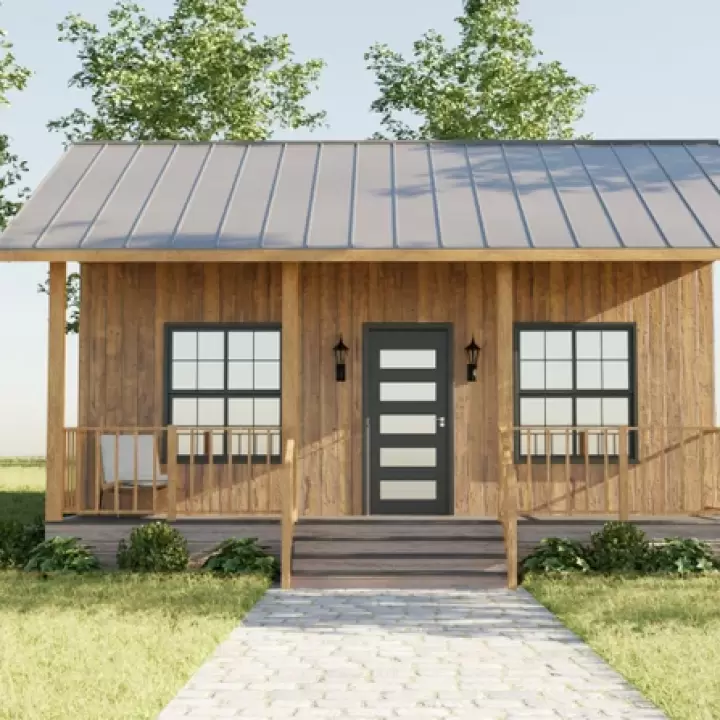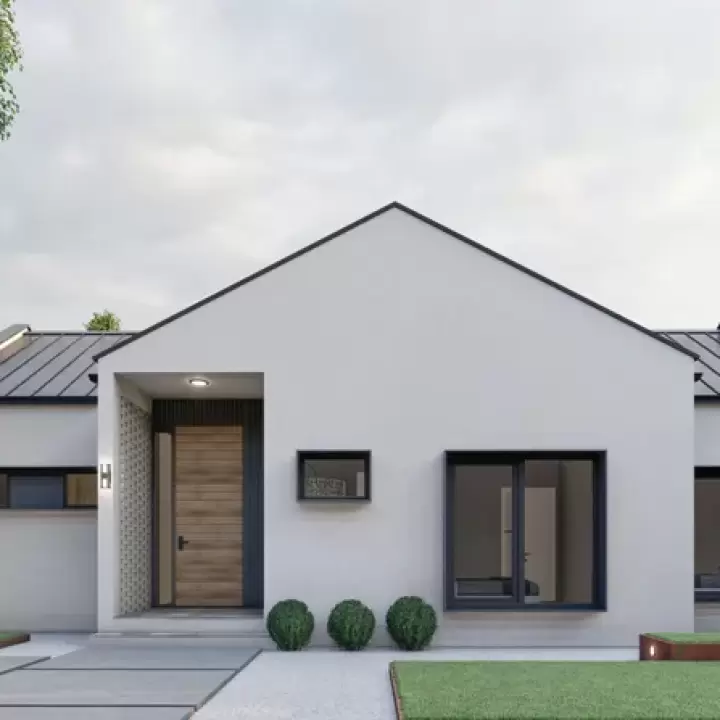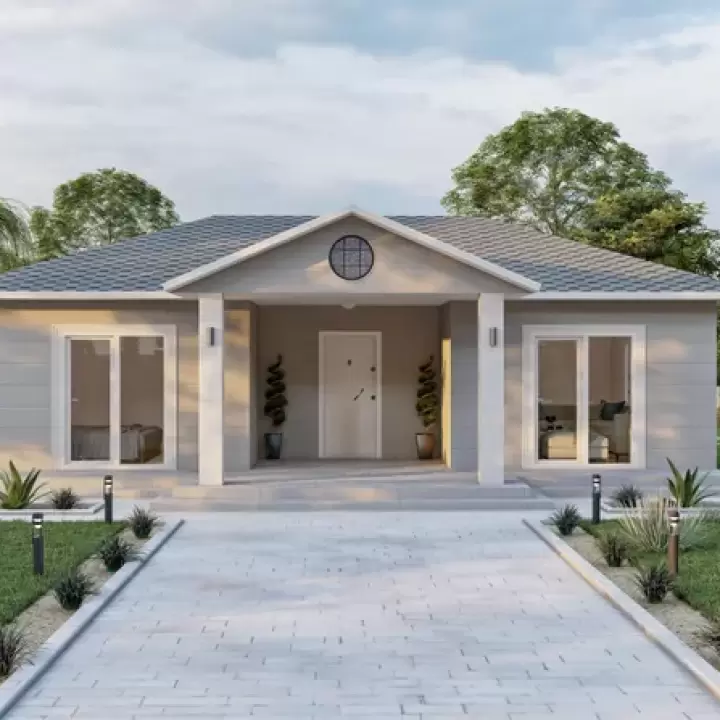
Efficient Small A-Frame Cabin Plans Perfect for Minimalist Living
In recent years, minimalist living has gained popularity as people seek simpler, more sustainable lifestyles. One design that perfectly embodies this philosophy is the A-frame cabin. Compact yet functional, these cabins are ideal for those looking to downsize or embrace a minimalist lifestyle. This article explores the benefits of small A-frame cabin plans and provides tips on how to design a cozy and efficient space.
What Is an A-Frame Cabin?
An A-frame cabin is characterized by its triangular shape, which resembles the letter "A." This distinctive design features a steeply sloping roof that extends to the ground, creating a unique and space-efficient structure. A-frame cabins have been popular since the mid-20th century, thanks to their simplicity and functionality.
Key Features of A-Frame Cabins
- Steep Roof: The sloped roof design allows for efficient water runoff and reduces the likelihood of snow accumulation, making it suitable for various climates.
- Open Floor Plan: The absence of interior load-bearing walls provides an open, airy feel and maximizes the use of available space.
- Large Windows: Often featuring expansive windows, A-frame cabins offer abundant natural light and stunning views of the surrounding landscape.
Benefits of Small A-Frame Cabin Plans
1. Space Efficiency
Small A-frame cabins are designed to make the most out of limited space. The compact footprint allows for a more manageable construction project and reduces maintenance costs. The open floor plan ensures that every square foot is utilized effectively, making small spaces feel larger and more functional.
2. Cost-Effective Construction
Building a small A-frame cabin can be more cost-effective compared to traditional homes. The simple design requires fewer materials, and the straightforward construction process can lower labor costs. Additionally, the efficient use of space can reduce utility bills, contributing to long-term savings.
3. Sustainable Living
Minimalist living often aligns with eco-friendly practices, and small A-frame cabins are no exception. Their compact size reduces the environmental impact of construction, while the natural materials commonly used in their construction promote sustainability. The efficient design also contributes to lower energy consumption.
Designing Your Small A-Frame Cabin
Designing a small A-frame cabin involves careful planning to ensure that the space meets your needs while maintaining efficiency. Here are some key considerations to keep in mind:
1. Optimize Layout
When planning the layout of your A-frame cabin, focus on creating a functional and comfortable living space. Consider incorporating multifunctional furniture to maximize space usage. For example, a fold-out bed or built-in storage can help maintain an uncluttered environment.
2. Maximize Natural Light
The large windows typical of A-frame cabins provide an opportunity to bring in natural light. Position your windows to capture sunlight and enhance the cabin's warmth. Skylights can also add brightness and create a more open feel.
3. Choose Materials Wisely
Selecting the right materials is crucial for both aesthetics and functionality. Opt for sustainable materials such as reclaimed wood or bamboo, which align with the minimalist ethos. Additionally, choose materials that offer good insulation to maintain a comfortable indoor climate.
4. Incorporate Storage Solutions
In a small A-frame cabin, storage can be a challenge. Utilize vertical space by installing shelves and cabinets that make the most of the available height. Built-in storage solutions can help keep the space organized and reduce clutter.
5. Consider Energy Efficiency
Energy efficiency is an important aspect of minimalist living. Incorporate energy-efficient appliances, LED lighting, and proper insulation to minimize energy consumption. Solar panels can also be a great addition to further reduce your cabin's carbon footprint.
Maintenance Tips for Small A-Frame Cabins
Maintaining a small A-frame cabin is relatively straightforward due to its simple design. Here are some tips to keep your cabin in top condition:
- Regular Inspections: Check the roof and exterior for signs of wear or damage. Prompt repairs can prevent more significant issues down the road.
- Clean Gutters: Ensure that gutters and downspouts are free of debris to prevent water damage.
- Ventilation: Proper ventilation is essential to prevent moisture buildup and maintain indoor air quality. Ensure that vents are clean and functioning correctly.
FAQs About Small A-Frame Cabins
What is the average size of a small A-frame cabin?
A small A-frame cabin typically ranges from 500 to 1,000 square feet. The exact size can vary depending on your needs and preferences.
How much does it cost to build a small A-frame cabin?
The cost of building a small A-frame cabin can vary based on factors such as location, materials, and labor. On average, you might expect to spend between $50,000 and $100,000.
Are A-frame cabins suitable for all climates?
A-frame cabins are versatile and can be adapted to various climates. The steep roof design helps with snow and rain runoff, making them suitable for both cold and wet environments. However, it's important to ensure proper insulation for extreme weather conditions.
Can I build a small A-frame cabin myself?
Building a small A-frame cabin is possible as a DIY project if you have the necessary skills and experience. However, for most people, hiring a professional contractor is recommended to ensure the project is completed to code and within budget.
What are the best locations for a small A-frame cabin?
Small A-frame cabins are ideal for locations that offer scenic views and a connection to nature. Popular settings include mountain retreats, lakeside properties, and wooded areas.




